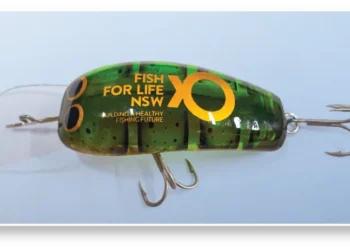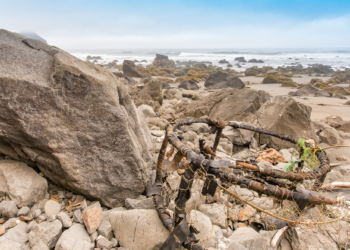
HOW severe are the impacts of bottom trawling? We rec fishers have largely regarded it as a devilish practice, wrecking the areas in which it’s undertaken. Many scientists, including Professor Daniel Pauly from the University of British Columbia, advocate a total ban on bottom trawling. Pauly, the world’s most cited fisheries scientist in 2020, believes that it’s impossible to improve the practice, which he argues leads to the total destruction of fishing grounds. Pauly’s been quoted as saying that if someone proposed bottom trawling as a new fishing method today, it wouldn’t be allowed. He contends the only reason it’s tolerated is because it was introduced two hundred years ago. Bit like industry-induced atmospheric pollution?
A recent CSIRO study that assessed the status of twenty-four large marine regions where trawling occurs presents a different view. Professor Ray Hilborn from the University of Washington and Dr Roland Pitcher from the CSIRO are more optimistic. In their findings they reported that when trawling is managed sustainably its impact on the life of the seabed floor is low. Of the twenty-four regions, fifteen had a “lower level of overall impact” although 1.5 per cent of the total area studied had “full modification of the pre-trawling ecological communities”. The study also identified a number of regions with large areas that have been so intensively trawled as to have their character totally changed, including the Adriatic Sea and other regions in Europe. The twenty-four regions assessed included Australia, New Zealand, and parts of Europe, North America and South America. A lack of data meant that some of the world’s most highly trawled areas were not included, as were sensitive environments such as deep-water coral reefs and cold-water sponge habitats. Study areas were mainly mud, gravel or sand. The study reported the most intensively trawled areas in Australia were in southern Queensland, including the southern Great Barrier Reef, prawn grounds in northern NSW, and fish trawling areas in the south-east.
Other researchers have described bottom trawling as “the worst fishing technique in the world”. Around 25 per cent of the fish consumed in the world are caught by bottom trawling. As well as seabed damage, the effects of both legal and illegal inshore trawling off the coast of Africa on local economies have been well documented, even causing some displaced fishermen to turn to piracy to replace lost income. Twenty percent of catches by trawlers are reported to be taken within twelve miles of shore from trawler fleets from foreign countries including China and the USA.
Between the “ban it completely” and “manage it sustainably” positions is the transition option: get the big and often illegal players out of inshore waters and transition fishing there to smaller-scale low impact methods. Maybe, with sufficient international backing, it’s the most realistic way forward. The UN has already declared 2022 the International Year of Artisanal Fisheries and Aquaculture.
















